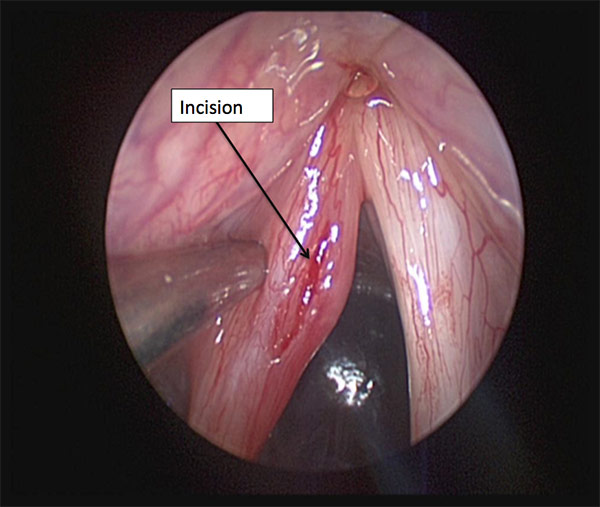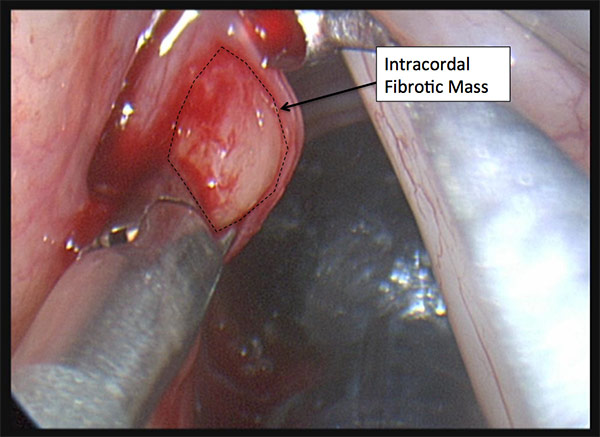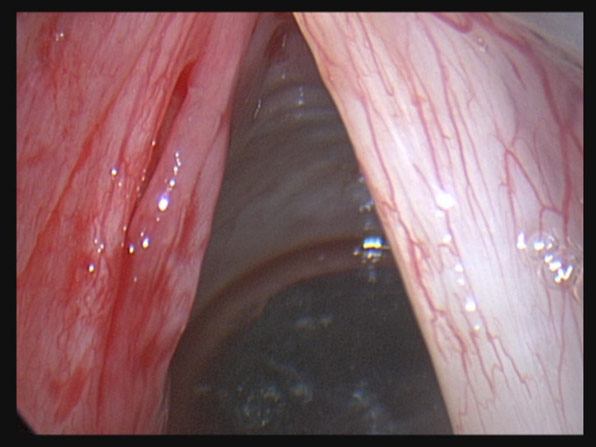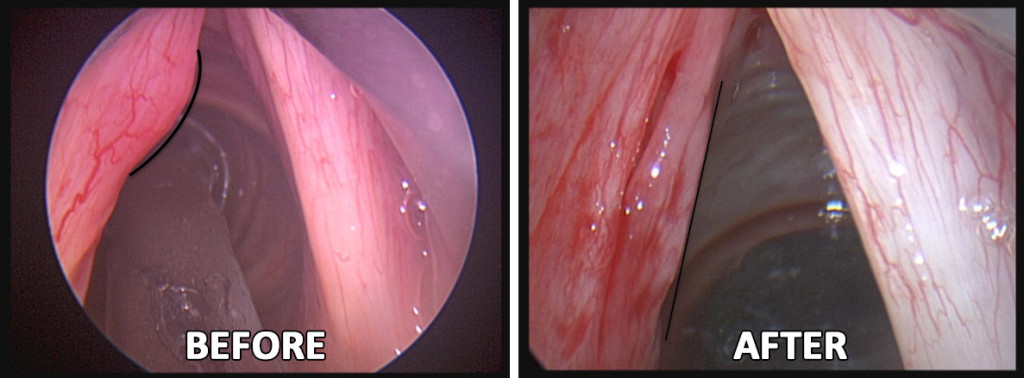- Question: How do the ingredients in e-cigarettes and vaporizers affect respiratory health? - August 16, 2019
- Bad Technique and Vocal Injury - January 9, 2019
- Is Edible Marijuana Dangerous for the Voice? Myths Dispelled - December 18, 2018
- Surprise! You have a hemorrhage - January 31, 2018
- Graves’ Disease: Treatment Overview - September 25, 2017
- Adele and the Stigma of Vocal Injury - July 11, 2017
- Vocal Curbside Consult: How does the thyroid affect the voice? - May 16, 2017
- Vocal Curbside Consult: How do hormones affect the voice? - May 3, 2017
- Vocal Curbside Consult: How do emotion and stress affect the voice? - April 17, 2017
- Vocal Curbside Consult: Vocal Recovery After Illness - April 7, 2017
The patient is a 31-year-old talent agent who noted severe hoarseness after a networking event. He saw a local ENT who said he had the beginnings of nodules. He was prescribed steroids. The patient did not improve and on subsequent follow up was told that he had developed nodules. He presented for a second opinion. His presenting videostroboscopic exam was as follows:
Based on a diagnosis of vocal fold hemorrhage, voice rest was recommended. However, his prognosis was guarded because there appeared to be a post-hemorrhagic mass forming within the vocal fold.
After voice rest, he did not improve. Intracordal injection of steroids similarly did not alleviate symptoms of pain, voice fatigue, and hoarseness. Therefore, the decision was made to proceed with an operative intervention. In the operating room, the following intracordal fibrotic mass was seen and excised.



After excision of the mass and appropriate time for healing, the following stroboscopic appearance was achieved. His throat pain was resolved and while he is still slightly hoarse, he is able to use his voice normally.
Discussion
This case highlights the importance of accurate vocal diagnosis. The correct diagnosis can often be easily missed because of inappropriate examination with older technology, particularly the flexible fiberoptic scope (the scope passed through the nose). In this scenario, the examiner must rely on their memory due to the limitations inherent to fiberoptic technology, such as low resolution imaging, insufficient color discrimination, and lack of video recording capability.
Stroboscopy allows for higher resolution and better color discrimination but most importantly, assists the identification of intracordal pathology by showing vibration. Video recording also allows for analysis of disease progression and a more accurate diagnosis. Prognosis and treatment hinges on accurate diagnosis; misdiagnosis was the reason for this patient’s prolonged course and morbidity. Had his hemorrhage been diagnosed accurately at its onset and treated appropriately with voice rest, he would not have formed an intracordal mass. He may therefore have avoided surgery.




